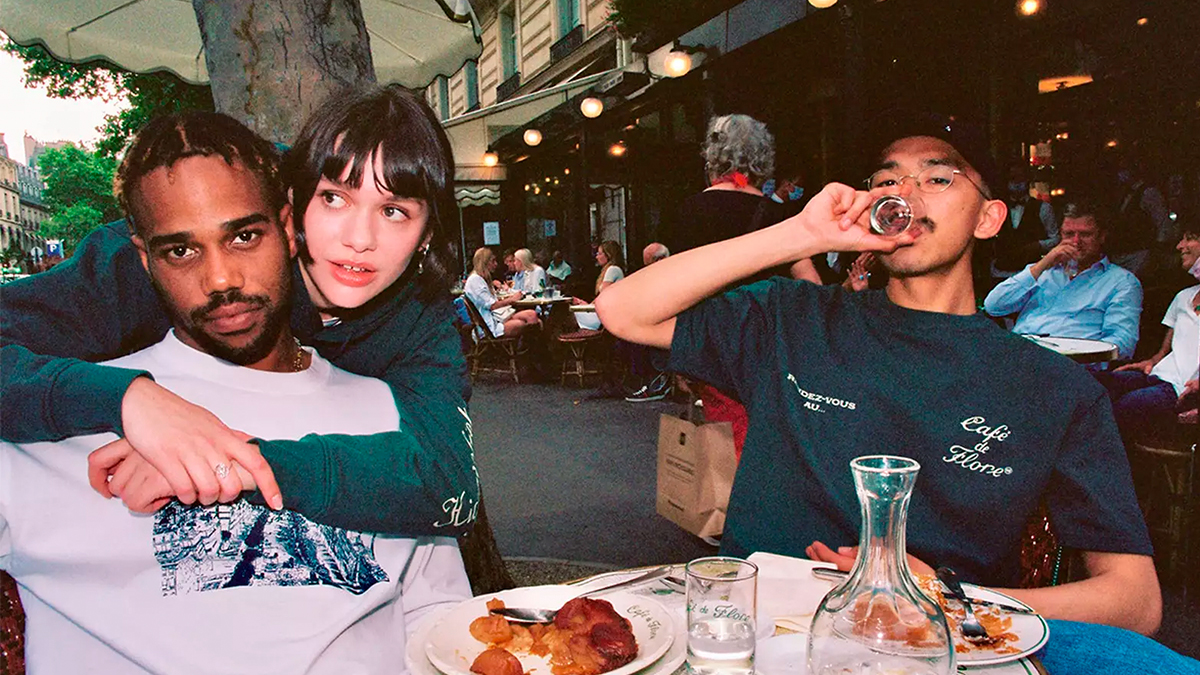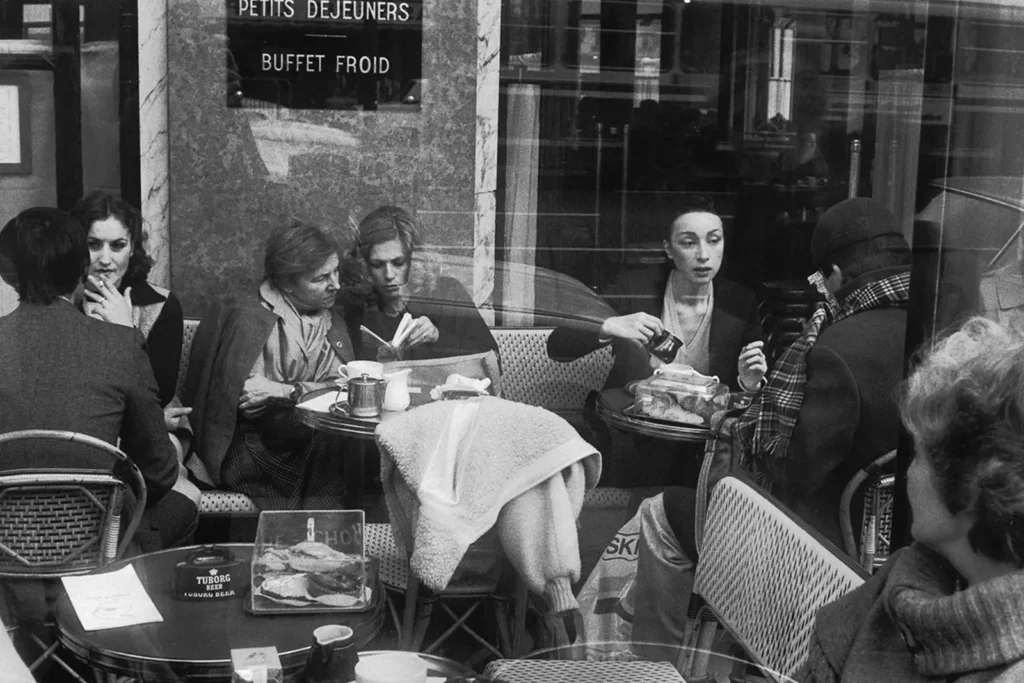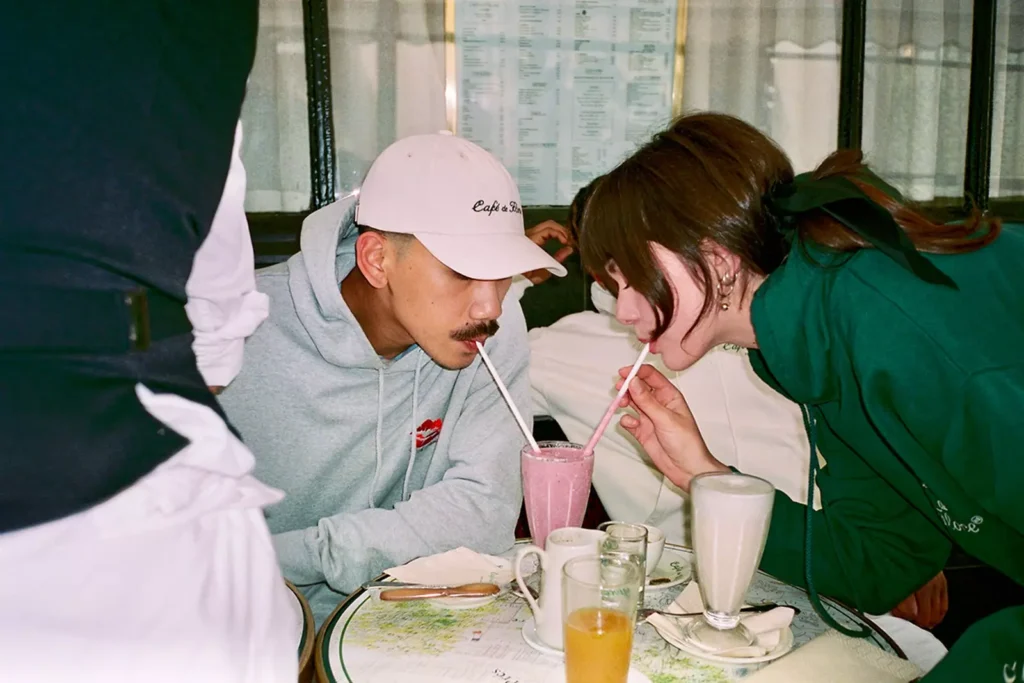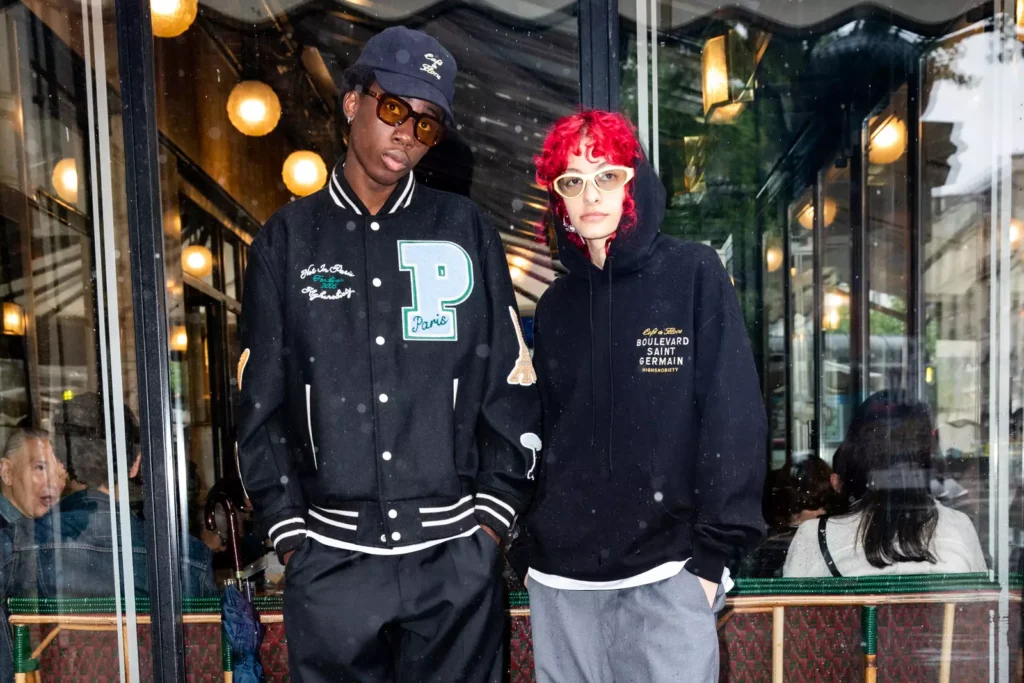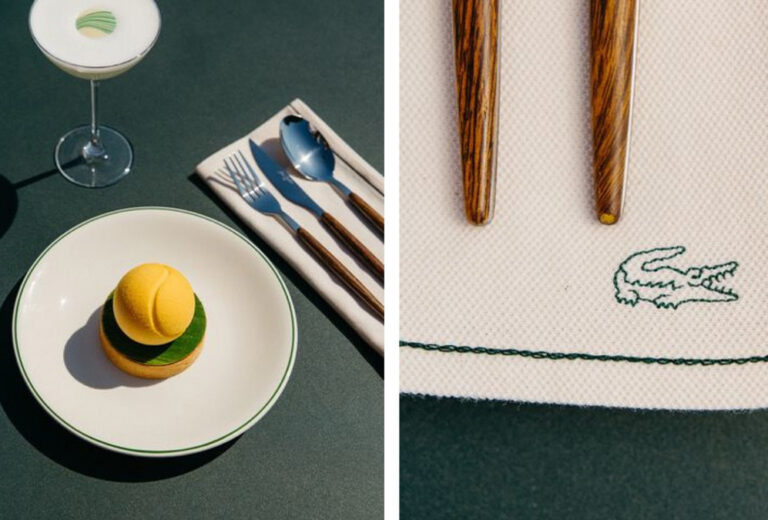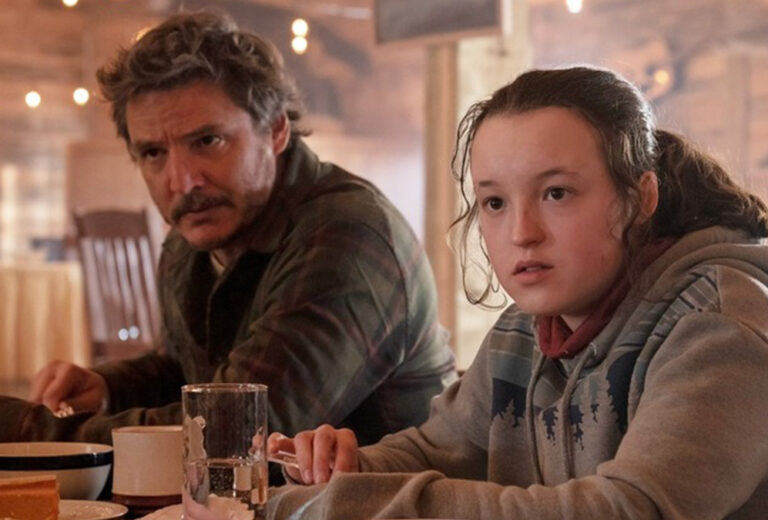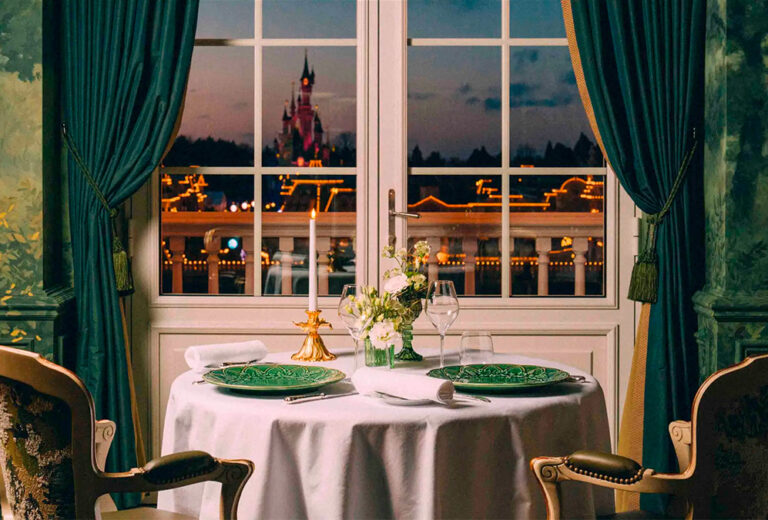Click here to read the Spanish version.
Café de Flore sprouted in 1887 in the St-Germain-des-Prés district, to flourish as an institution or meeting point for the effervescent Parisian creative scene, among writers or artists such as Albert Camus, Pablo Picasso, Jean-Paul Sartre, Ernest Hemingway, Truman Capote or Simone de Beauvoir.
Various artistic movements and currents such as Dadaism, surrealism or existentialism were diluted in this space, forming a framework or eclectic work of personalities among tables of romantic inspiration and coffee served in porcelain sets.
Beyond inhabiting the art within its walls, it was also the home of the fashion elite, frequented regularly by iconic designers such as Karl Lagerfeld, along with models Pat Cleveland, Corey Tippin, as well as the muses of Yves Saint Laurent, Betty Catroux, Loulou de La Falaise or Clara Saint.
A whole exciting community that mesmerized the photographers of the moment, such as Helmut Newton, Richard Avedon or Peter Lindbergh, who wanted to frame this generational portrait, capturing the essence of the time through their lenses.
THE MEETING POINT OF FASHION WEEK
Today, Café de Flore has become a landmark of the fashion world channeled as a stage or catwalk for campaigns and fashion shows of Chanel, Yves Saint Laurent, Longchamp or Louis Vuitton. But also in the meeting point of the attendees of the Paris Fashion Week, who, beyond frequenting discreet bars in Le Marais or dining at ‘Candelaria’, have elevated it as another of the temples of fashion in which to sit next to fashion editors, models or artists in the industry.
During Fashion Week, designers and models take a break between fashion shows at their tables, which have become one of the best showcases to be seen. And such is the boom of this coffee shop, that even media such as Highsnobiety have collaborated on several occasions with Café de Flore to design fashion collections and culinary utensils such as cups, plates or egg cups stamped with the emblem “Not in Paris”, which are aesthetically synchronized with the local reference of the city of love.

